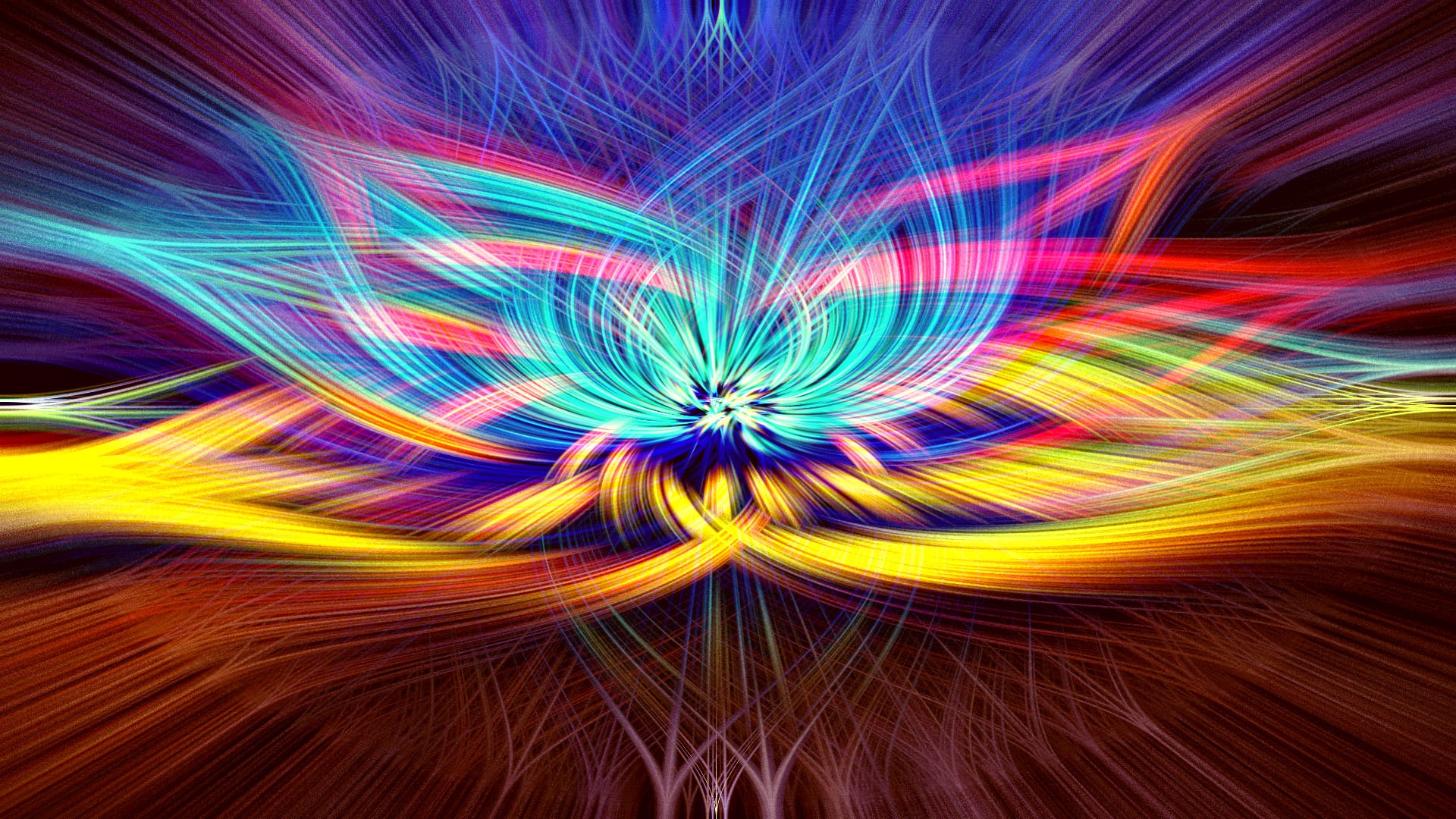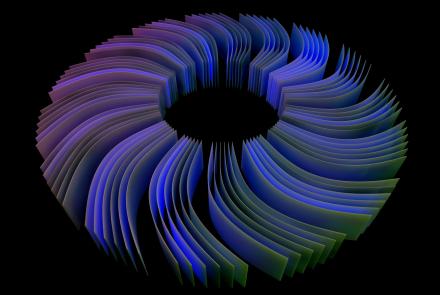7 Chakra Colors and Meanings
Chakras aren't a new concept. You can find historical references to this energy system as early as 600 B.C. Throughout history, people worldwide have held to the belief that chakras are centers of energy throughout the body.
The idea of chakras is generally entwined with the practice of yoga. Yoga is a widespread practice that focuses on physical, mental, and spiritual health at the same time. More than 37 million people practice yoga in the United States alone.
If you're new to these ideas, you may wonder what the 7 chakra colors are. What do these colors mean or represent? Continue reading for an in-depth explanation of each of the chakras, their colors, and their meanings.
What Are Chakras?
Many people are already familiar with chakras, but some may not fully understand what they are. The word chakra is Sanskrit, meaning wheel or cycle. Each person has seven chakras, which work as centers of spiritual energy.
Each chakra is located in a specific area of the body and works for specific things. When someone experiences mental or physical health problems, it's believed their chakras have become blocked or aren't functioning correctly.
What Are the 7 Chakra Colors?
Each of the seven chakras is represented by a specific color. These seven colors include red, orange, yellow, green, blue, purple, and white. The meanings behind each of these colors and the chakra they're assigned to are discussed more in-depth below.
1st Chakra: Red
The first chakra is the root chakra. It's located at the very base of your spine, slightly below your tailbone. Red is the color chosen to represent the root chakra.
The root chakra provides you with the emotional basics you need for survival. For example, people who are confident, generally happy, and feel fulfilled in their lives are typically thought to have an open root chakra. Conversely, people may have blocked root chakras if they experience recurring or strong feelings of insecurity, fear, anxiety, or even depression.
Red was assigned to the first chakra because it symbolizes everything it represents. Red is a color meaning energy, stability, comfort, and safety. Each of these traits is associated with a healthy first chakra.
2nd Chakra: Orange
The second chakra is the sacral chakra, located in the lower abdomen just above the pubic bone. Orange is the color chosen to represent the sacral chakra.
The sacral chakra is responsible for sexual desires and emotions that bring an abundance of pleasure. It's also responsible for creativity. Those with a powerful sacral chakra may be exceptionally creative and work in fields like writing, art, dance, or similar.
People with a blocked sacral chakra may experience guilt when doing things that bring them true joy. The idea of joy is different for everyone. It could be anything from an afternoon nap or playing video games to clubbing with friends or traveling to new places.
Along with feelings of guilt, a blocked sacral chakra may cause a person to become obsessed with working or suffer from depression. People who tend to be "work-a-holics" often have a blocked second chakra.
The sacral chakra is represented by orange. Orange means sensuality, sexuality, pleasure, and socializing. These are the foundations of everything a healthy second chakra can bring into a person's life.
3rd Chakra: Yellow
The third chakra is the solar plexus chakra. It's located in your upper abdomen, slightly above your navel. The color yellow symbolizes the solar plexus chakra.
The solar plexus chakra is in the center of your body. As such, it acts as a control center for both emotional and physical undertakings. Not only does this chakra provide physical energy for your day, but it's also responsible for personal control.
If the solar plexus chakra is blocked, a person may feel lost. They could suffer from reaching goals and making decisions. In some people (especially younger individuals), caving into peer pressure could result from a blocked third chakra.
Yellow is the color assigned to the solar plexus chakra. Yellow symbolizes strength, personality, power, and determination. Each of these is an aspect of someone with an open, healthy third chakra.
4th Chakra: Green
The fourth chakra is the heart chakra. It's located in the exact center of your chest and is symbolized by the color green.
The heart chakra is responsible for allowing a person to feel the most intense emotions. People with an exceptionally active heart chakra are prone to making decisions based on their feelings instead of critical thinking. Generally, those with a strong fourth chakra are very in touch with their feelings and don't feel ashamed by them.
If the heart chakra is blocked, a person may find it challenging to deal with emotions, either their own or another person's. The only strong emotion they likely feel is anger. As a result, they may become uncomfortable if someone else wishes to discuss something emotional.
Green is the color used to symbolize the fourth chakra. The color green means acceptance, love, compassion, and sincerity. Each of these traits is produced by the heart chakra.
5th Chakra: Blue
The fifth chakra is the throat chakra. It stretches from the bottom of your throat to your eyes. The throat chakra is represented by the color blue.
The throat chakra is responsible for clear communication. Unfortunately, it's one of the most commonly blocked chakras and is often closed after a person has been abused in some manner.
A blocked or closed throat chakra may cause an inability to articulate thoughts. As a result, a person may stutter or stumble over their words. In some cases, people may struggle to find the correct tone of voice or appropriate phases to tell others what they're attempting to.
The throat chakra is represented by the color blue. Blue means communication, expression, creativity, and inspiration. These ideals are what a person can hope to have with a healthy, open fifth chakra.
6th Chakra: Purple
The sixth chakra is known as the third-eye chakra. It's located in the center of the forehead, horizontally between the eyebrows but vertically just slightly above. The color purple represents the third-eye chakra.
The third-eye chakra is what allows a person to connect to their natural psychic abilities. Each person is believed to have at least one, but many fail to develop it because they haven't worked to open their third-eye chakra. Additionally, the third-eye chakra is responsible for intuition and allows connection to the soul and the divine.
The sixth chakra may be blocked if a person has poor intuition or feels an inability to trust their "hunches." People with a blocked third-eye chakra may also find learning new things difficult, be forgetful, or have issues focusing on a single task to its end.
The color purple represents the sixth chakra. Purple means intuition, lucidity, meditation, and trust. These are all valuable attributes that can be attained only by aligning and opening your third-eye chakra.
7th Chakra: White
The seventh chakra is the crown chakra. It's located a few inches above the crown of the head and is represented by the color white.
The crown chakra is the center of spirituality. It's responsible for connecting with the spiritual world and creating a higher sense of self-awareness. At times, this chakra can become blocked entirely.
If the seventh chakra is blocked, a person may have issues connecting to their spirituality. They may suffer a loss of self-awareness, which can lead to feelings of depression and anxiety.
The color white represents the crown chakra. White symbolizes knowledge, consciousness, fulfillment, spirituality, and purity. Each of these are valuable traits found in those with strong seventh chakras.
What Are the Seven Chakra Colors?: In Summary
For easy reference, the 7 chakra colors and their meanings are summarized below. You can refer to this summary whenever you need a quick refresher on the chakras, their positions, or colors.
1st: Root Chakra
- Position: base of the spine, just above the tailbone
- Color: red
- Meaning: energy, stability, comfort, safety
2nd: Sacral Chakra
- Position: lower abdomen, just above the pubic bone
- Color: orange
- Meaning: sensuality, sexuality, pleasure, sociability
3rd: Solar Plexus Chakra
- Position: upper abdomen, just above the navel
- Color: yellow
- Meaning: strength, personality, power, determination
4th: Heart Chakra
- Position: center of chest
- Color: green
- Meaning: acceptance, love, compassion, sincerity
5th: Throat Chakra
- Position: extending from the base of the throat to the eyes
- Color: blue
- Meaning: communication, expression, creativity, inspiration
6th: Third-Eye Chakra
- Position: on the forehead, between the eyebrows
- Color: purple
- Meaning: intuition, lucidity, meditation, trust
7th: Crown Chakra
- Position: slightly above the crown of the head
- Color: white
- Meaning: knowledge, consciousness, fulfillment, spirituality
More Questions About the 7 Chakra Colors?
Chakras are areas of energy located in specific parts of the body. Each chakra is represented by a specific color. The colors best represent what the specific chakras stand for.
Do you have more questions about the 7 chakra colors? Or are you curious whether one of your chakras is blocked?
You can check out our other blog posts for more helpful information on chakras and related spiritual topics. To find out if one of your chakras is blocked, you can call one of our psychics today at 1-800-966-2294.
- Log in to post comments




